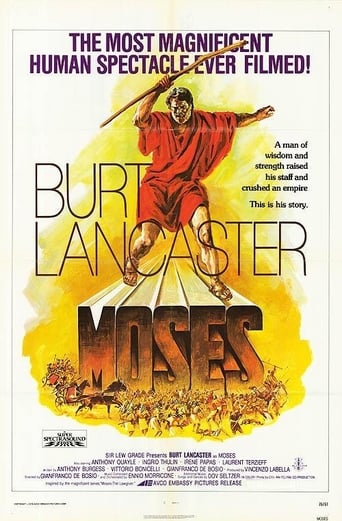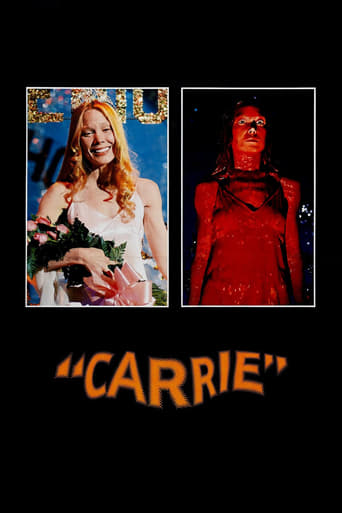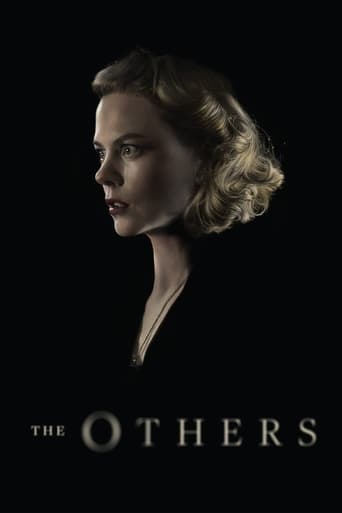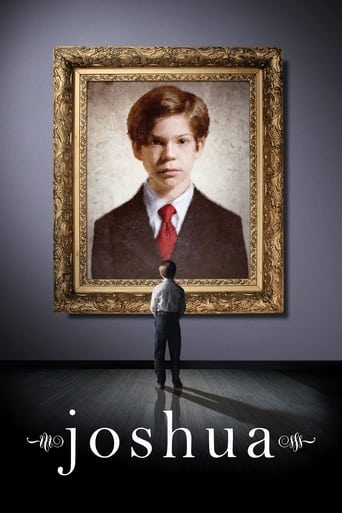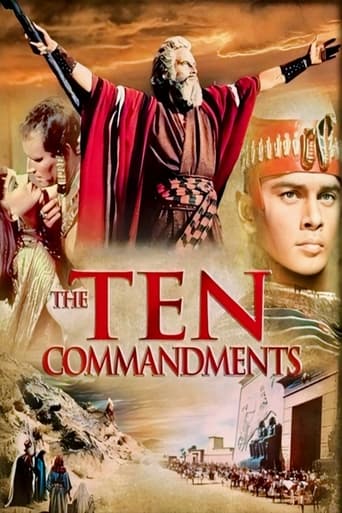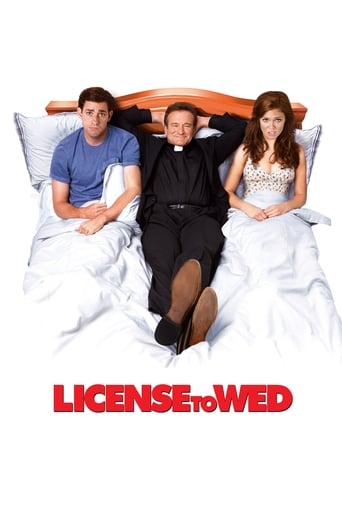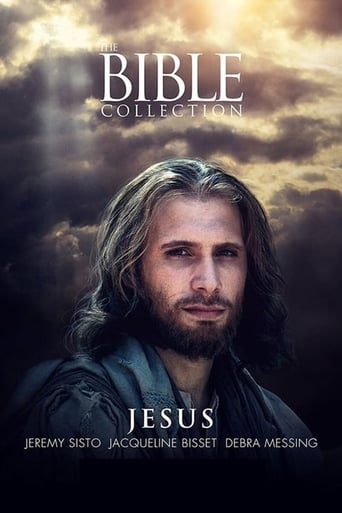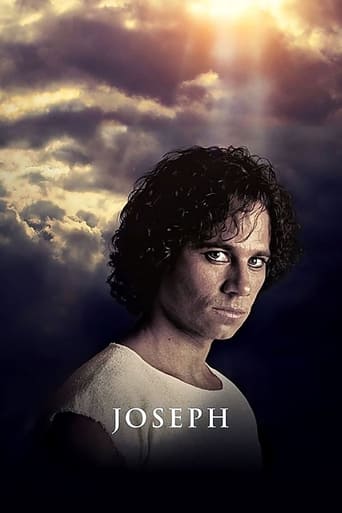Moses the Lawgiver (1974)
Story of Moses. Originally a TV Miniseries recut for theaters
Watch Trailer
Free Trial Channels
Cast


Similar titles
Reviews
Very Cool!!!
Sadly Over-hyped
Excellent, a Must See
A brilliant film that helped define a genre
In spite of a stellar cast, this 1974 TV mini-series movie based on a Bible story misses the mark. "Moses the Lawgiver" does focus on Moses and his struggles with teaching the Israelites the covenant that God has established with them. But, because it relates to the Bible account of the exodus, and takes place in that setting, we should expect it to give a fair portrayal of the exodus. Unfortunately, it fails in much of its Bible tracking and technical production. And, it's also a weak modernist approach to the Bible story.The special effects are amateurish. We see the signs and phenomenal events with blurred and changing pictures. Examples are Moses' staff turning into a snake and back, his hand having leprosy and then being cleared, and the opening of the Red Sea for the people to cross. Other movies have much better and more realistic special effects. The script, camera work and editing are poor. Many camera shots use very close scenes with just a few people in them. That's probably because so few extras were used to represent the two to three million people of the exodus (based on Ex. 12: 37-38). Even when the movie shows the people beginning their exodus from wider angles, no more than a few dozen people are visible. They often are spread out, or in a winding column of only one or two abreast. The Israelites left from Pi-Rameses on the exodus, and the Egyptians gave them gold, jewelry and valuables. But this film just shows people leaving a poorer housing area, with no sign of the grand city that they were building at the time. The spectacle of a mass migration of people fleeing Egypt is just not there; and that, in itself, is part of the phenomenal story from the Bible. The film does cover five of the 10 plagues – the water turning to blood, the frogs, locusts, famine and the death of the first-born. But with the poor special effects, the water changing is hardly noticeable, and the film just touches on the other plagues – until the death of the first-born. But that takes place in clear daylight in the film, where it occurs at night in the Bible. The court setting of the pharaoh seems quite stark and not what antiquity says of the grandeur of the Egyptian rulers. And the pharaoh here is Merneftah who ruled but a couple of years. Most sources, based on the scant historical records there are, name Rameses II as pharaoh at the time of the exodus.To its credit, this film does include the scouting party that checks out the Promised Land. It makes clear that the Israelites are condemned to roam another 40 years because they didn't trust in God to lead them to conquer the land. The film includes the Ten Commandments, the people rebelling and making the golden calf, the earthquake that swallows up the dissident Dathan, and the killing of the families of the dissidents. It shows Moses striking a rock to bring forth water, but he doesn't strike it twice. And, at the end of the film, Moses wonders why God wouldn't let him enter the Promised Land. The answer is quite clear in the Bible. The movie has a number of other things that are in the Bible, but it only shows them briefly with no explanation for what they are or why. Examples are the Ark of the Covenant, the meeting tent, and the tabernacle. God gives Moses instructions for each of these in the Bible. Finally, this film downplays the miraculous aspects of the signs God gave the people on their journey. As I mentioned, many others signs are left out (Miriam's leprosy and healing, seraph snakes biting and killing thousands, and then erection of a bronze snake to heal the people). But two signs take modernist approaches in the film that seem more preposterous than believing in intervention by God as in the Bible.Moses tells Miriam about the quail that will be the source of meat, and he tells her that there is a manna that comes from a tamarisk tree that will be the bread. In the Bible, he promises them that God will send them quails in the evening and bread from heaven in the morning. He doesn't call it manna. When the people see it in the morning, they ask "What is it?" Translated from the Hebrew to the Greek, that is "manna" (Ex. 16:15).The film has a scene with a lone tree and large flakes of white stuff floating around it. It's similar to what one sees when cottonwoods shed their cotton. There is such a tree that grows in arid regions, but it puts off a very small amount of resin drops a few weeks each year – beginning in June. They appear pearly and are about 1/8-inch in size. Moses tells the people to collect two liters (omers) for each person to eat each day. That would be four to six million liters each and every day for 40 years. If one tree could feed 100 people, there would have to be hundreds of thousands of such trees. It would take 40,000 to 60,000 for each day, and they would have to produce year round. As the Israelites kept moving, they would need more trees for the manna everywhere they went. So, has anyone ever seen a desert covered by forests? Indeed, does that make more sense than a miracle from God?I can't recommend a film that is supposed to be based on a Bible story when it tries to revise the story so that its lesson is lost.
This was evidently made to go more into details about the Moses case than was possible in "The Ten Commandments" of 1956, which remains the best Moses film. For this version Anthony Burgess among other writers were consulted to make deeper research into the problems, which results in a much more interesting and controversial picture of Moses with his more debatable sides and complexities such as his cruelty and intolerance. We did not see much of Aaron in "The Ten Commandments" while he is here lifted forth to great advantage, convincingly played by Anthony Quayle, showing both his merits and weaknesses. After all, Burt Lancaster gives a sympathetic interpretation of Moses, which completes the efforts of Charlton Heston, who was only convincing and interesting as the prince and fugitive from Egypt. Best, however, is Laurent Terzieff as Pharaoh Mernephta, who is presented as a very conciliatory and human ruler placed in a very delicate and tough spot, - although he is historically entirely wrong. Mernephtah succeeded Ramses II at 66 years of age and did not rule very long, while he is here presented as a very delicate young man. It is more probable that Ramses was the pharaoh who had to deal with Moses, but that's the only flaw of the film, to which Ennio Morricone had great pains in making suitable music. The Red Sea sequence is as always the highlight of the drama, no film can fail in making that a great spectacle, and here is even included Miriam's celebrations afterward, which adds to the films many deserts.
This earthy and realistic film is an excellent piece of Biblical History. It is true to the story in the Bible and is very engaging. Anyone that loves the Bible or just a historical piece will appreciate the effort that went into this. Burt Lancaster's son Bill plays the young Moses and does a brilliant job! Burt, of course, picks up where his son leaves off and gives a great performance. When you watch the actors in the scenes of the desert you can feel the heat and sweat. The earthy tones in the film give it a distinct character. The narrator does an excellent job while not interfering with the story itself. The lavish scenery gives the viewer a feast to behold.
I've seen this movie just because of Burt Lancaster. The whole picture is bad. The direction, the cinematographer, the actors. The only exception besides Lancaster is the score by Ennio Morriconne.

